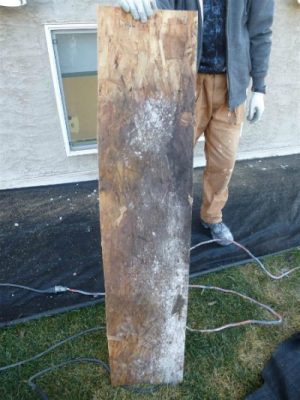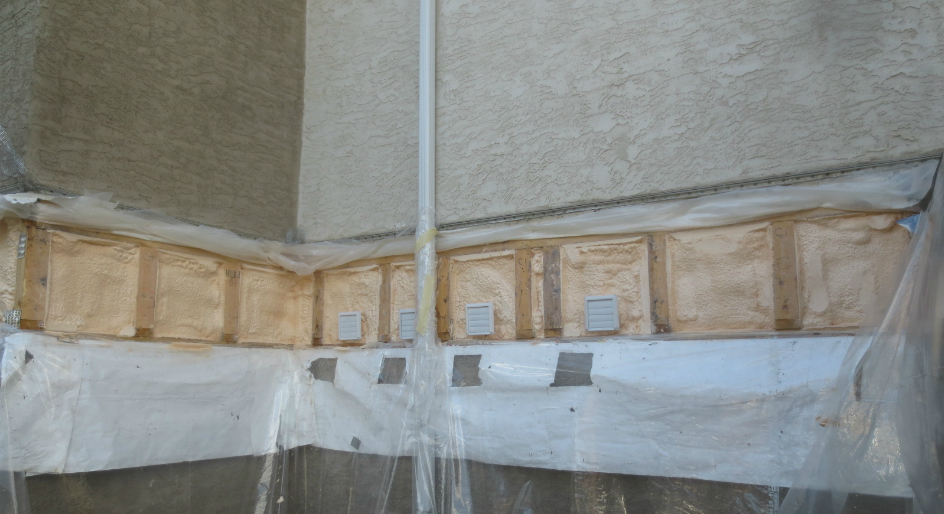How well do you know your air vapour barrier? It’s an odd question (especially with everything else on a property manager/owner’s plate) and yet considerations for your building’s air vapour barrier performance today can prevent significant headaches down the road.
“Air vapour barriers are something we deal with on a day-to-day basis, but a lot of times in the field we find ourselves explaining to contractors or property stakeholders the importance of air tightness in their building,” says Bob Korneluk with RJC Engineers (RJC). “It’s Building Science 101 but you’d be surprised how often it gets missed or goes ignored.”
One can be forgiven for forgetting about air vapour barriers. Air leakage can go largely unnoticed in cold weather climates and many assume that a sturdy exterior (e.g. windows, roofing, and cladding) is enough to keep leakage at bay. The reality, however, is that air vapour barrier issues can creep in unnoticed and cause significant damage if left undetected over long periods of time.
 “Moisture that gets trapped in your exterior walls and roof assemblies can accumulate over long, cold periods of time. When spring hits, that frozen condensation thaws and begins to leak and that’s when you finally see the problem,” says Korneluk.
“Moisture that gets trapped in your exterior walls and roof assemblies can accumulate over long, cold periods of time. When spring hits, that frozen condensation thaws and begins to leak and that’s when you finally see the problem,” says Korneluk.
Spring leakage is often attributed to rain or melting snow, when many times it is a result of air vapour barrier deficiencies that have allowed moisture problems to build up over time. Left unchecked, this activity can impact a building’s performance. Thermal performance becomes compromised with wet insulation and, if it’s a wood structure, it may bring on issues of rot or mould.
“Condensation can form on drywall paper, which is a good food source for moulds. If you’re living in a unit where significant moisture build-up from air leakage has occurred, conditions may be favourable for mould growth on the other side of the drywall. You could be living in a very hazardous environment and not know it,” Korneluk warns.
A proactive approach
Even if you’re not well acquainted with air vapour barriers, there is much that can be done to identify and prevent future issues.
For one, it’s important to maintain the continuity of the air vapour barrier, which can be a challenge. During new construction and retrofits, work with your partners to identify gaps and discontinuities in your design/drawings and reach/seek solutions before the build. For existing buildings, collaborate with a consultant to review your building’s performance on a regular basis.

Working with consultants can also help you identify and replace interior sealants that have failed over time. They can also conduct a thermal scan of your building using infrared cameras to scan the outside of buildings. Thermal scans can provide a snapshot of how a building is thermally performing, and warn operators of air leakage/moisture problems that may be developing. This can be very helpful for operators of larger buildings with significant energy costs.
Says Korneluk, “With additional testing, we can identify what is causing the heat-loss, and help owners address that problem before a water leak occurs.”
Air vapour barriers are intrinsically linked to a building performance. And like anything related to building science, a little knowledge and awareness can go a long way.
Notes Korneluk, “It’s understandable why air vapour barriers wouldn’t be on most people’s radars, but considering how important it is to tenant comfort and a building’s health, it definitely deserves more attention.”
Bob Korneluk is an associate with RJC. Learn more building performance tips at www.rjc.ca.






